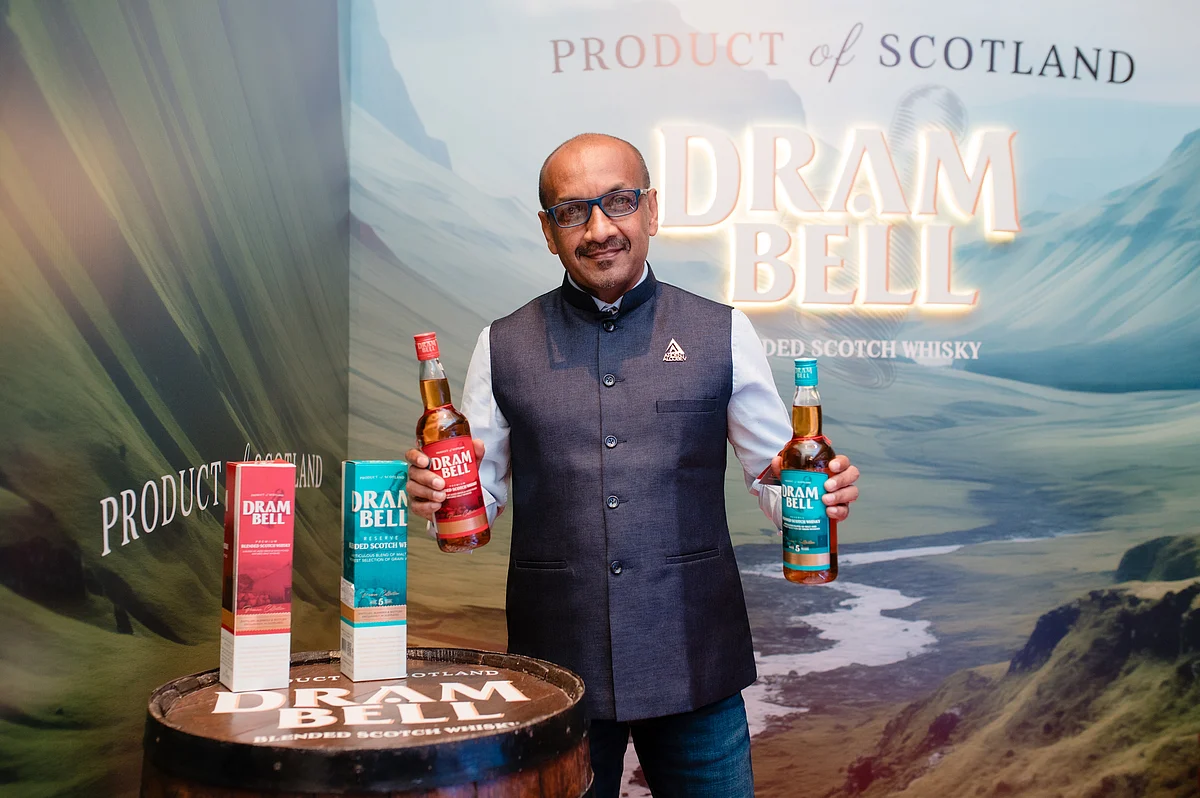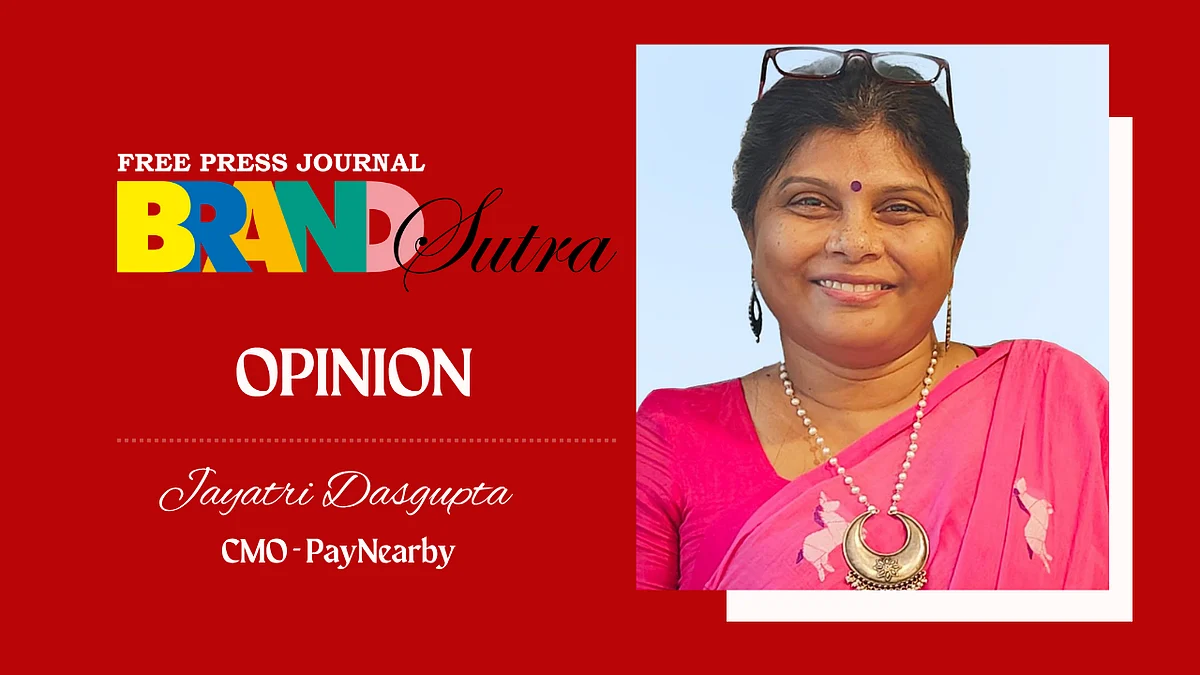The Market Research Society of India’s (MRSI) first Wednesday webinar of 2025 ‘Beyond The Gender Tug-Of-War: Where Balance Meets Battle’ was moderated by Mukul Gautam, an independent consultant. Panellists were Macneil Chaudhary, Executive Vice President at Kantar India; Ekta Relan, Chief Strategy Officer at L&K Saatchi and Saatchi; and Amitabh Pande, EVP of Strategy, Consumer Planning & Digital Transformation at Diageo India. Panelists went one at a time to present their understanding of the different narratives in society, newer codes of masculinity and finally, how brands can tap into the conversation.
The Crisis
Chaudhary kicked off the session referring to this period in time as a period of ‘men in crisis’. He asked us to eliminate some of the very perennial inequalities in gender and look at it from a more recent context of the last decade where men in urban society are having to come to terms with the fact that women have always successfully managed to live with fragmented identities. They are taking on roles traditionally dominated by men and an element of melancholy and powerlessness seeped in for men. “Even Marlboro has let go of the Marlboro man and while it is a progressive rendition for the category, what does it do to the masculine identity?” Chaudhary asks. There has also been a reversal of the classic objectification of women where even men are being objectified in media.
These tensions and uncertainties have led to a resurgence—a desperate attempt at making the identity survive. “There is an element of chaos that has birthed the misogynistic space we see. It manifests in cinema too with movies like ‘Animal’ and ‘Kabir Singh’.”
Reactions To The Crisis
“The Indian man dominated our screens as the brooding hero who never cried, the father who never changed diapers and the professional who never failed,” started Relan. “Now suddenly, we are watching him tearing up when the daughter is graduating, posting about cooking, and CEOs talking about burnouts,” she added. The old playbook of masculinity has been ripped apart and we've lost those traditional masculine scripts.
To this, there have been three kinds of reactions—the alpha male renaissance, soft masculinity and neutrality. The first is about hyper-masculine displays of aggressive assertions and power dynamics. It birthed terms like ‘beast mode’ and ‘grind’.
Next, we have the soft male revolution which blurs the lines between masculinity and femininity. The male beauty and grooming revolution, body positivity and a rejection of traditional masculine physiques, and a change in men’s silhouettes in fashion are manifestations of this reaction.
The third response is the positive male evolution. It is about fighting for social causes and women's rights, quiet mentorship, and ethical and responsible leadership. Key manifestations here are shared responsibility and shared decision-making seen in “power couples” like Ranveer Singh and Deepika Padukone, or Varun and Gazhal Alagh.
An Answer For Brands
We often see brands changing their stance through societal pressure but the first question to ask, Pande says, is: ‘Does your company culture and values believe in this mission?’ Because if there is no fundamental belief system, your advertising won’t be conducive.
“Brands are all about choices and every brand has to stand for one thing, not 100 things,” said Pande. So the second part of the puzzle is to figure out what the role of your brand is in this conversation. Pande broke those roles down into three types—a shaper, accelerator or activator. The role of the shaper is taken on by brands with a significant reach that breaks category codes. Next, an accelerator adds to that same conversation. Finally, an activator is a brand that is not trying to change the world but creates conversations in an attempt to create balance and neutrality. Once the brand is clear in its thinking, it can develop a framework that translates thought into action.
And what if there is backlash? Relan argued that there is no fool-proof way to avoid backlash. “It's not like when women brands took a progressive stance, you didn't have backlash.” But things progress from there. The space will always be a work-in-progress and brands need to allow the male identity to exist in fragments rather than a singular norm.











